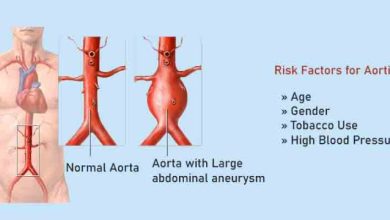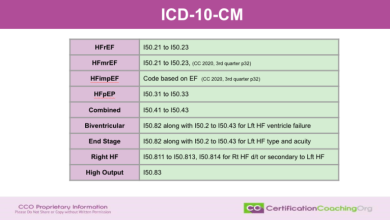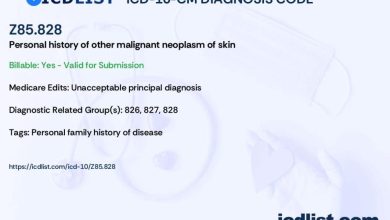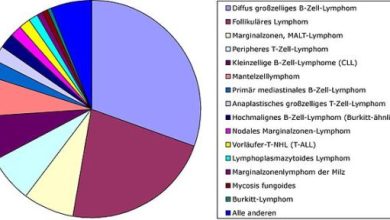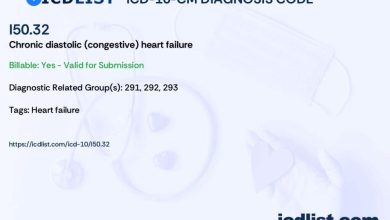Impact Of ICD-10 Coding On ANCA Vasculitis Diagnosis And Treatment
What is ANCA Vasculitis?
ANCA vasculitis is a group of autoimmune disorders that cause inflammation of blood vessels. ANCA stands for anti-neutrophil cytoplasmic antibodies, which are antibodies that attack the body’s own white blood cells. This leads to swelling and damage to blood vessels, resulting in a variety of symptoms and complications.
Code Information
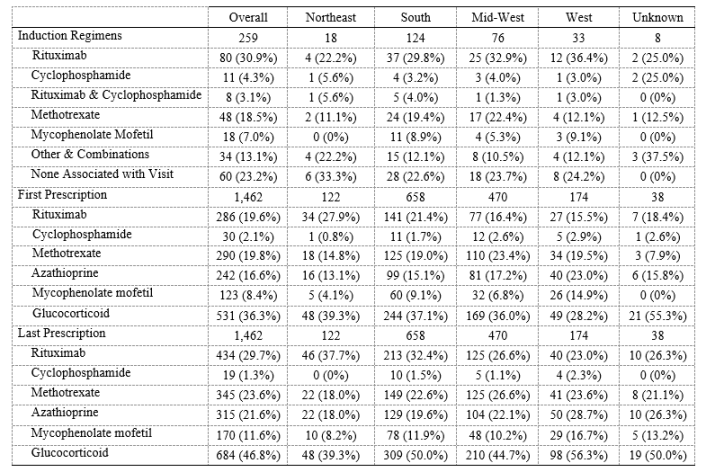
The ICD-10 code for ANCA vasculitis is M31.3. This code is used to classify and track cases of ANCA vasculitis in medical records and databases.
Diagnostic Related Groups (MS-DRG)
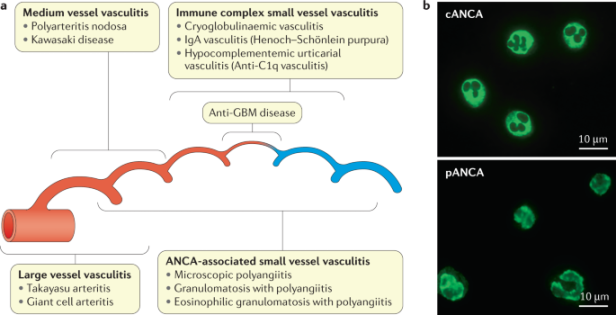
The MS-DRG for ANCA vasculitis is 683. This grouping categorizes patients with ANCA vasculitis based on their diagnosis and treatment options.
Convert to ICD-9 Code
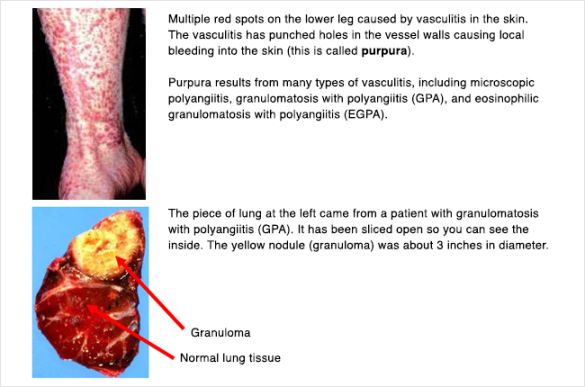
In ICD-9, ANCA vasculitis is classified under code 446.4. This code is used for billing and reimbursement purposes in healthcare settings.
Code History
The ICD-10 code for ANCA vasculitis was introduced in 2015 to improve the specificity and accuracy of coding for this condition. It replaced the older ICD-9 code and provided more detailed information about the disease.
Approximate Synonyms
Other names for ANCA vasculitis include granulomatosis with polyangiitis (GPA) and microscopic polyangiitis (MPA). These terms are used interchangeably to describe similar types of vasculitis.
Clinical Information
ANCA vasculitis primarily affects small blood vessels in the kidneys, lungs, and upper respiratory tract. It can cause damage to these organs and lead to serious complications if left untreated.
Causes
The exact cause of ANCA vasculitis is unknown, but it is believed to be related to an abnormal immune response. Genetics, environmental factors, and infections may also play a role in the development of this condition.
Symptoms
Common symptoms of ANCA vasculitis include fatigue, weight loss, joint pain, skin rashes, and difficulty breathing. Severe cases can result in organ damage and failure.
Diagnosis
Diagnosing ANCA vasculitis involves a combination of physical exams, blood tests, imaging studies, and tissue biopsies. Doctors may also use the presence of ANCA antibodies as a diagnostic marker for this condition.
Treatment
Treatment for ANCA vasculitis typically involves a combination of medications, such as corticosteroids, immunosuppressants, and biologic therapies. In severe cases, surgery or dialysis may be necessary to manage complications.
Conclusion
ANCA vasculitis is a complex autoimmune disorder that requires a multi-faceted approach to diagnosis and treatment. By understanding the code information, diagnostic related groups, symptoms, and treatment options for ANCA vasculitis, healthcare providers can effectively manage and care for patients with this condition.
FAQs
1. How common is ANCA vasculitis?
ANCA vasculitis is relatively rare, affecting approximately 1 in every 50,000 people each year.
2. Can ANCA vasculitis be cured?
While there is no known cure for ANCA vasculitis, treatment can help manage symptoms and prevent complications.
3. Are there any risk factors for developing ANCA vasculitis?
Factors such as smoking, certain medications, and genetic predisposition may increase the risk of developing ANCA vasculitis.
4. How long does treatment for ANCA vasculitis last?
Treatment for ANCA vasculitis is typically long-term and may require ongoing medication and monitoring to control the condition.
5. Can ANCA vasculitis affect children?
While ANCA vasculitis is more common in adults, it can also affect children and adolescents. Early diagnosis and treatment are essential for managing the disease in young patients.




